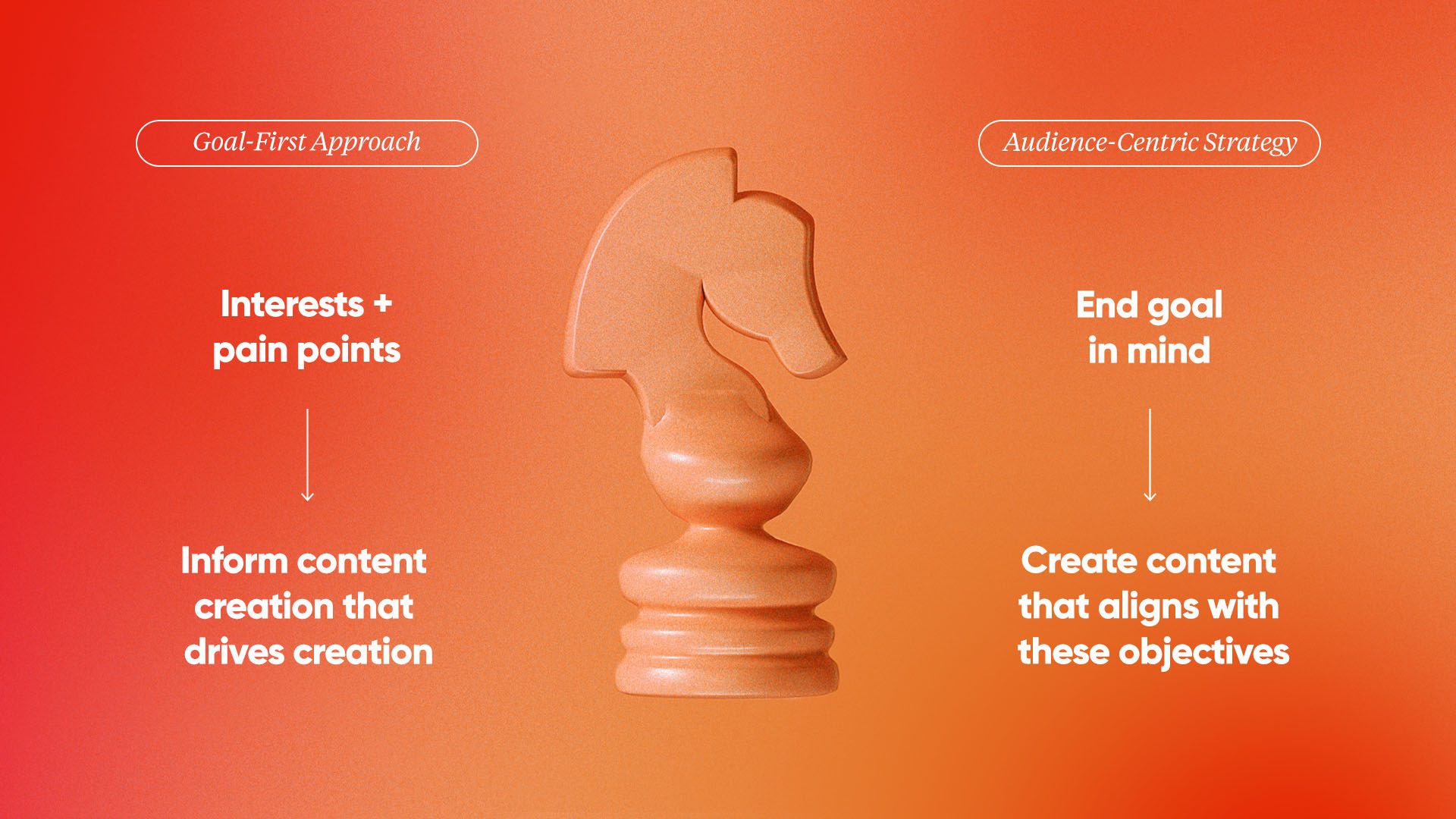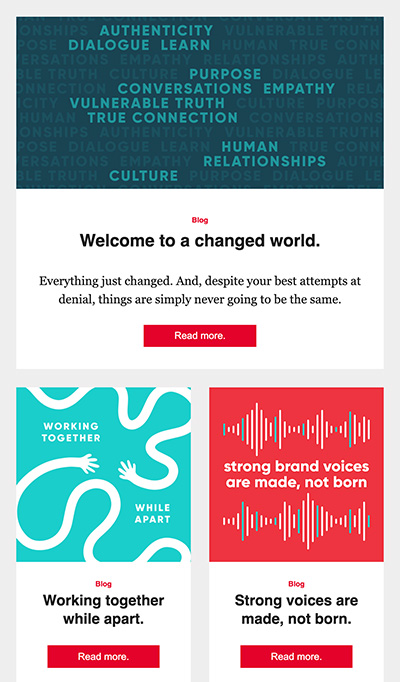Crafting Effective Branding and Content Strategies
When it comes to your marketing calendar, content planning can come with its challenges, such as how to decide on relevant topics while still representing your brand authentically. Let’s talk about the different approaches to strategy, the role of collaboration, and the importance of brand consistency across all content components.

Different Approaches to Content Strategy
Goal-First Approach
One approach to crafting a content strategy is a goal-first methodology. This method emphasizes starting with the end goal in mind, creating content that aligns with these objectives, and then considering the target audience. For example, you want to increase brand visibility during peak seasons or drive sales for specific product categories. The idea is to keep the focus on the goal and tailor everything to guide users towards that goal.
Audience-Centric Strategy
On the flip side, we also advocate for an audience-centric approach. This method begins with thorough audience research, followed by strategic planning, tactical execution, and goal setting. For brands, understanding the demographics, interests, and pain points of their target audience can inform content creation that resonates and drives engagement. This approach prioritizes the users’ journey, creating content that is most appealing to them.

Importance of Brand Consistency Across Content
After identifying your best strategy you can begin the process of externally communicating your goals. Consistency is key in maintaining a strong brand presence across all content touchpoints. From social media posts to website design and promotional materials, every element should reflect the brand’s personality, values, and messaging. This cohesive approach builds brand recognition, fosters trust among consumers, and reinforces brand loyalty over time.
Branding Identity vs. Tempting Trends
A critical aspect of a successful content plan is the distinction between brand identity and fleeting trends. Trends can be tempting and can provide short-term visibility, but a solid brand foundation ensures long-term relevance and loyalty. It’s crucial for users to understand who we are without getting distracted by passing trends.
Does this mean trends aren’t valuable? Not at all. It’s about considering how our audience will respond, ensuring content aligns with our brand and leads to meaningful engagement.
Balancing trendy elements with timeless brand values can be tricky; however, creating content that captivates while staying true to the brand’s essence is important.
The Power of Collaboration
There’s one more component that makes strategic content planning a success: collaboration. Collaboration can look different for everyone; if you are in the agency world like us this could mean collaboration with clients. Their guidance can help us balance objectives and cadences even through organic content. Collaboration can also happen internally across departments. This approach ensures that strategies are not only aligned with the brand’s vision but also resonate authentically with the intended audience through industry related content.
In a Nutshell
Overall, crafting a successful branding and content strategy requires a delicate balance between innovation, audience understanding, and brand consistency. By adopting approaches like goal-first methodologies and audience-centric strategies, brands can create content that not only meets their objectives but also connect with their target audience. Consistency across all content components reinforces brand identity and fosters trust and loyalty among consumers. And finally, educating on the importance of brand identity over fleeting trends ensures long-term relevance and meaningful engagement.
Embracing these principles can help brands stay ahead in the ever-evolving landscape of branding and consumer trends.

